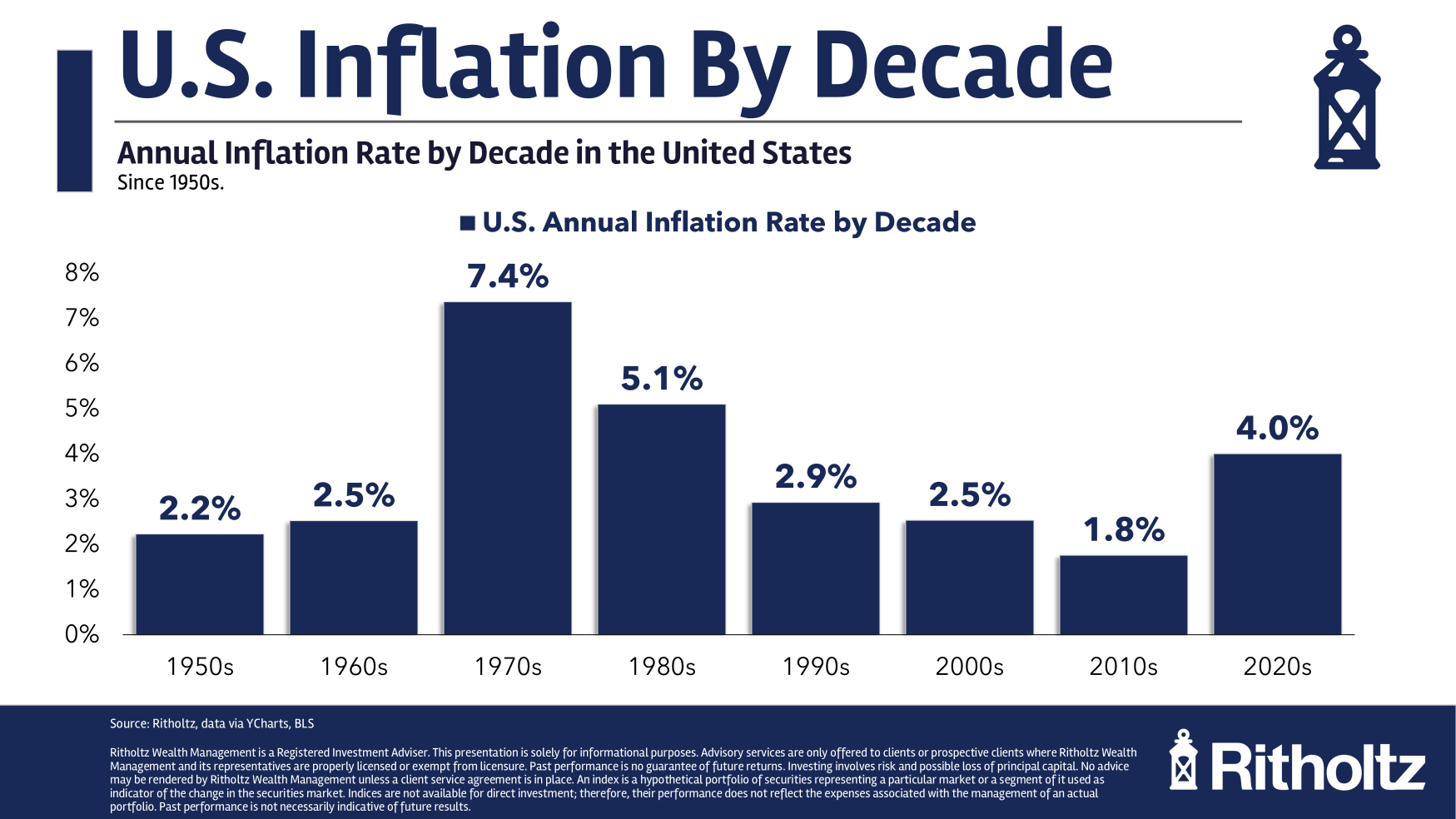As stablecoins play an increasingly prominent role in cross-border payments, Remitly is preparing to offer users digital wallets capable of sending and receiving funds in stablecoins.
These disbursements will be handled through Remitly’s partnership with Bridge, the stablecoin infrastructure provider for Stripe. The first step will be the launch of Remitly Wallet, a multi-currency digital wallet that supports both fiat money and stablecoins. Currently in beta, the wallet is expected to go live in September.
Remitly is also incorporating stablecoins like USDC—issued by crypto firm Circle—into its internal treasury operations. By tokenizing portions of its U.S. dollar reserves, Remitly aims to enable faster fund transfers across time zones and outside of banking hours, reducing reliance on pre-funded local currency pools.
Taking the Lead
Remitly, which specializes in serving immigrants and overseas workers, says the move will enhance speed, reliability, and cost-efficiency for users in over 170 countries.
“Traditional remittance methods are costly and can take days or even weeks for the end consumer to receive a payment,” said Joel Hugentobler, Cryptocurrency Analyst at Javelin Strategy & Research. “Then they may have to convert the fiat currency to their local currency —if they have access to a bank or similar institution—which adds more time and fees.
“Stablecoins streamline these processes for consumers to send and receive funds near instantly, with significantly reduced fees,” he said. “The Remitly wallet will enable the conversion from stablecoins to a local currency with a click of the button at a much more affordable rate. To stay competitive, financial institutions need to adopt a stablecoin strategy today or risk losing significant market share.”
A Time for Growth
The release of the product is well-timed, as the Trump administration’s tariff policies have led to significant currency fluctuations worldwide.
Stablecoins help resist currency volatility by being pegged to fiat currencies such as the dollar, giving them more traction in emerging markets, where they can support price stability in mining operations.
Earlier this year, The Bank for International Settlements (BIS) released a study showing that cryptocurrencies facilitated roughly $600 billion in cross-border payments in Q2 2024. BIS also noted that Circle’s USDC and Tether’s USDT stablecoins have gained traction in everyday cross-border transactions.
Disclaimer: This story is auto-aggregated by a computer program and has not been created or edited by finopulse.
Publisher: Source link








